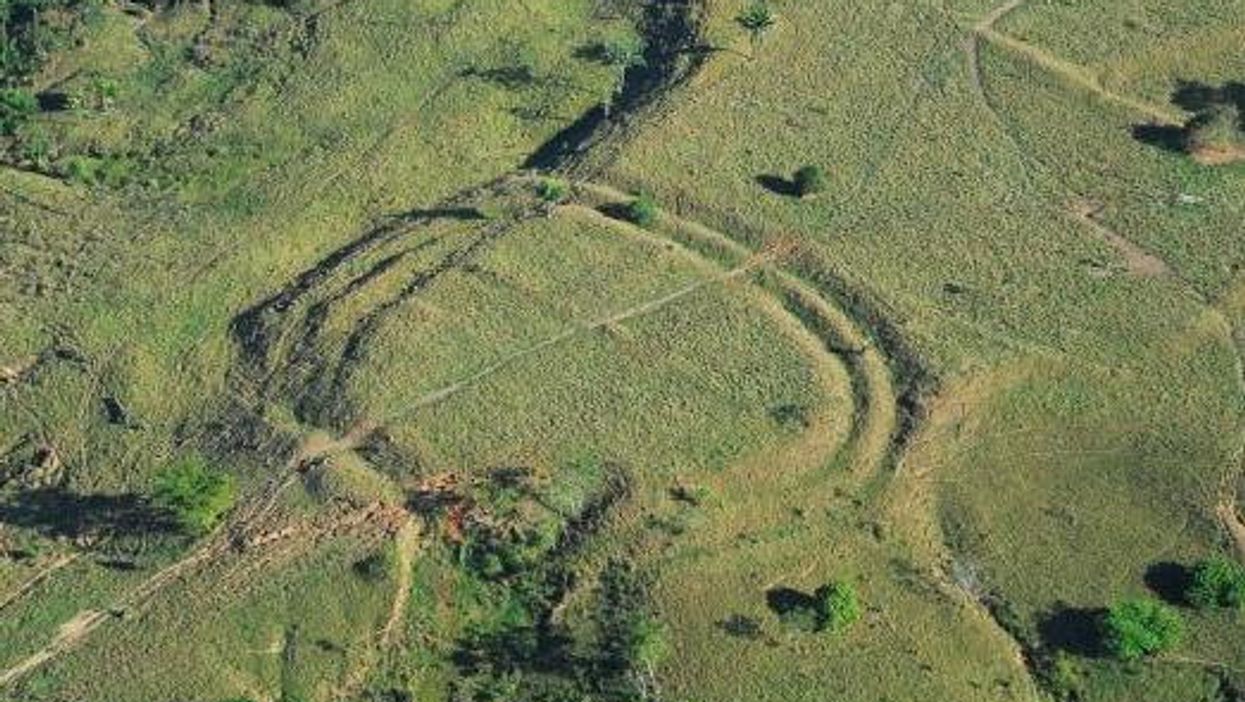News
Narjas Zatat
Feb 14, 2017

Picture:
Exeter University
New research conducted in the Brazilian Amazon attempted to show how indigenous people lived before Europeans arrived.
Archaeologist Jennifer Watling discovered more than 450 large geometrical geoglyphs in the western area of the Amazon while she was researching for her phD at the Museum of Archaeology and Ethnography, University of Sao Paolo for Exeter.

The structures stretch approximately 8077 miles and had been covered by trees until they were removed as part of modern deforestation.
What does the discovery mean?
Dr Watling said:
The fact that these sites lay hidden for centuries beneath mature rainforest really challenges the idea that Amazonian forests are ‘pristine ecosystems'.
The areas are unlikely to have once been villages, as archaeologists found few artefacts, which indicate that it was not regularly used. Instead, there is speculation that they were ritual gathering places.
Researchers had two questions following the discovery:
- Was the region already forested when the glyphs were built?
And
- To what extent people impacted the landscape, building them?

Archaeologists were able to reconstruct 6,000 years of vegetation and fire history at two of the sites, and found that temporary clearings were made to build the geoglyphs.
However, instead of burning parts of the forest, either to build them or for regular agriculture, the ancient people preserved “economically valuable trees” and shrubs.
Our evidence that Amazonian forests have been managed by indigenous peoples long before European Contact should not be cited as justification for the destructive, unsustainable land-use practiced today. It should instead serve to highlight the ingenuity of past subsistence regimes that did not lead to forest degradation, and the importance of indigenous knowledge for finding more sustainable land-use alternatives.
More: Scientists discover hundreds of footprints left at the dawn of modern humanity
More: No one knows what happened to this 1,000 year old, lost city in America
Top 100
The Conversation (0)













